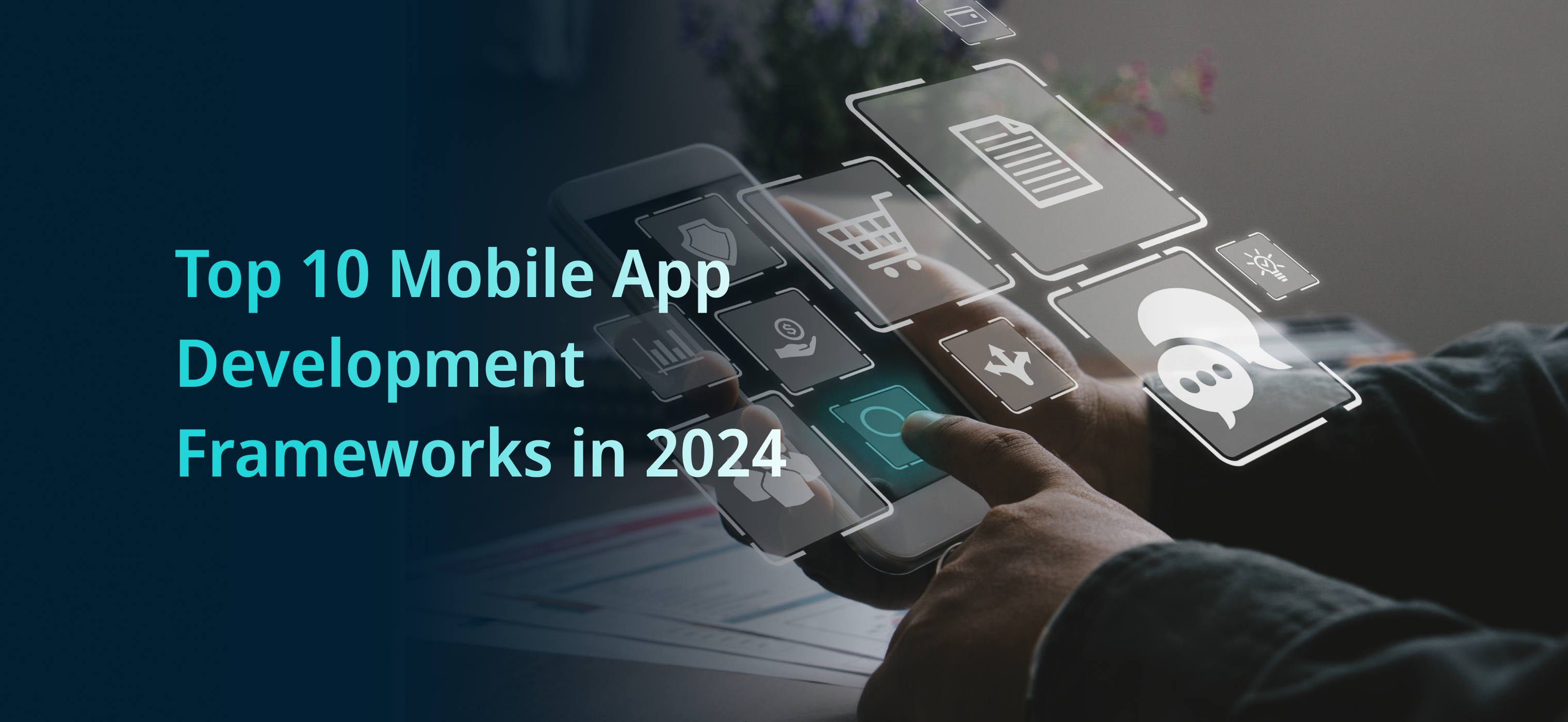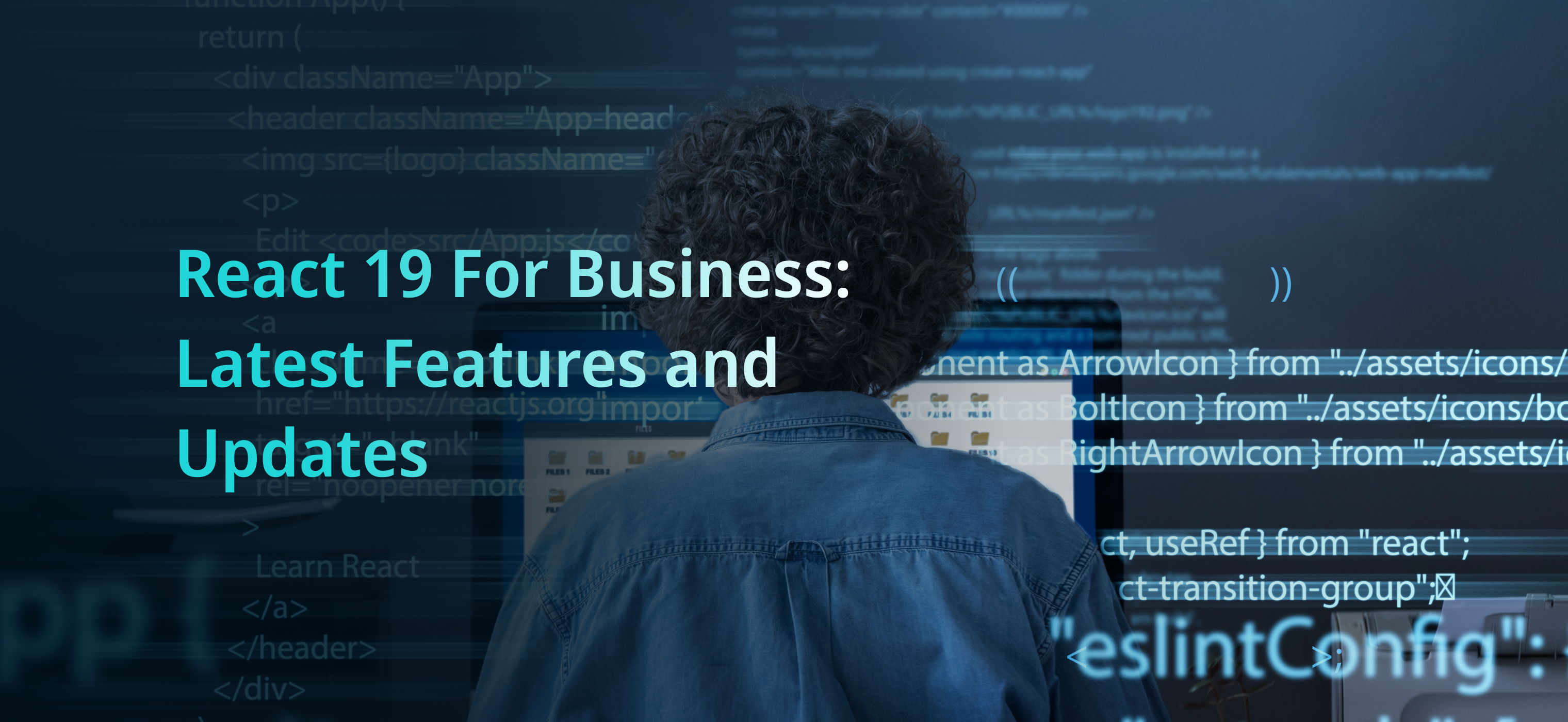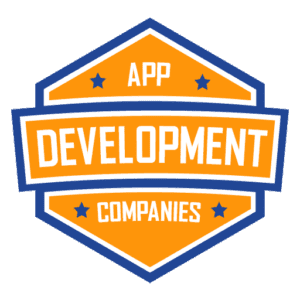Multimodal Machine Learning is an exciting new area of research that uses multiple modalities to better understand data and build AI-driven models. In this blog post, we’ll explore what Multimodal Machine Learning is, how it works, and the potential applications for this technology. We’ll look at the current challenges and opportunities related to Multimodal Machine Learning, as well as potential future developments. By the end, you’ll have a better understanding of this rapidly growing field and be able to use it to your advantage.
What is Multimodal Machine Learning?
Multimodal Machine Learning refers to AI that combines multiple modes of data in order to make more accurate predictions or decisions. Multimodal Machine Learning is the process of training AI algorithms to understand data in different forms.
Machine learning algorithms of this type are increasingly being used because they give insight into insights that cannot be achieved with any single data type alone. For example, by looking at both a person’s face and the tone of his or her voice, an overall mood is more comprehensively understood than just by examining one type of data on its own.
Put more succinctly, MMML gives machines the capability of recognizing patterns from texts, videos, etc. more in a human-like fashion. The aim of multimodal artificial intelligence is to make sense of the world around us and provide insights that are meaningful to improve people’s lives. Consequently, it could be instrumental in changing a variety of industries such as health care, transportation, finance, and beyond.
Applications of Multimodal Machine Learning
Multimodal AI and MMML have many applications across a range of industries, from healthcare to transportation to entertainment. One area where MMML is particularly useful is in the field of computer vision. By combining visual and auditory data, machines can learn to identify objects, people, and even emotions more accurately than using visual data alone. This has applications in everything from self-driving cars to facial recognition software to virtual reality gaming.
Another area where MMML is seeing significant growth is in the healthcare industry. By analyzing a range of different data sources, including medical imaging, patient data, and even voice recordings, MMML can help diagnose and treat a wide range of illnesses more accurately and efficiently. For example, doctors can use MMML algorithms to analyze brain scans to detect the early signs of Alzheimer’s disease, or use speech recognition software to diagnose speech disorders.
MMML is also making waves in the world of entertainment and advertising. By analyzing a range of different data sources, including user behavior, facial expressions, and even biometric data, advertisers can create more targeted and effective marketing campaigns. Similarly, MMML algorithms are being used to create more realistic and immersive gaming experiences, by incorporating data from different sensors to create a more lifelike world.
Overall, the applications of MMML are broad and far-reaching, and are set to transform a range of different industries in the years to come. Whether it’s in the field of healthcare, transportation, entertainment, or beyond, MMML is helping machines to better understand the world around us, and to make more intelligent and informed decisions.
Types of Multimodal Data
Multimodal data refers to different types of data sources that are processed by a system using Multimodal AI or MMML techniques. These data sources can include visual, auditory, textual, and sensor data. Visual data refers to any information that can be captured by cameras, including images and videos. Auditory data is audio information, such as speech and sounds.
Textual data consists of written text and includes things like emails, tweets, and reviews. Lastly, sensor data refers to data that is captured by various sensors like GPS, temperature sensors, and accelerometers. In MMML, combining different modalities can often provide a better understanding of the data as a whole. For example, in facial recognition, a combination of visual data and auditory data, like a voice, can improve the accuracy of recognition.
Understanding the different types of multimodal data can help developers design systems that can better handle these types of data sources, and it can help them understand which modality can complement or enhance another. It is a crucial component to consider when building intelligent systems that utilize multimodal machine learning.
Challenges in Multimodal Machine Learning
Multimodal Machine Learning is a promising technology that has revolutionized the way we perceive and interpret information. However, it comes with its own set of challenges that need to be addressed for it to become a mainstream technology.
One of the main challenges of Multimodal Machine Learning is the complexity of the data. The combination of different types of data, such as text, images, videos, and speech, creates a vast amount of data that is difficult to manage and analyze. Multimodal AI requires a sophisticated architecture to handle the different data types and make sense of them.
Another challenge is the lack of standardized data sets for Multimodal Machine Learning. Most data sets available for research focus on a single modality, which limits the potential of Multimodal Machine Learning. Researchers and developers must create standard data sets that combine different modalities to enable more accurate analysis and prediction.
The integration of multiple modalities in Multimodal Machine Learning can also cause a problem of feature alignment. Since different data types have distinct features, the model must be able to align these features to create an accurate and comprehensive representation of the data. This can be difficult to achieve and requires advanced algorithms and techniques.
Finally, privacy concerns are another challenge of Multimodal Machine Learning. Combining multiple modalities creates more opportunities for data breaches and cyber attacks. Developers must take measures to secure the data and prevent unauthorized access.
Techniques and Algorithms in Multimodal Machine Learning
Multimodal machine learning (MMML) involves using multiple types of data in a predictive model. This can be a challenging task because different types of data can vary significantly in structure, meaning, and noise level.
Fortunately, there are several techniques and algorithms that have been developed specifically for MMML. These include:
- Fusion Techniques: These techniques combine data from different modalities into a single representation. One example is early fusion, which combines the data from all modalities before feeding it into a machine learning algorithm. Late fusion, on the other hand, uses separate machine learning models for each modality and then combines the results at the end.
- Deep Learning Algorithms: These algorithms use neural networks with multiple layers to process complex data. For example, convolutional neural networks (CNNs) are used to process image data, while recurrent neural networks (RNNs) can handle sequential data like speech or text.
- Graphical Models: These models represent the relationships between different modalities as a graph. This can help identify correlations between different types of data and improve the accuracy of the model.
- Transfer Learning: This technique involves transferring knowledge learned from one modality to another. For example, if a machine learning model is trained on speech data, it may be able to learn features that can be applied to text data as well.
Choosing the right technique or algorithm depends on the specific application and the types of data being used. It’s important to consider the trade-offs between model complexity, interpretability, and accuracy when selecting a method.
Overall, MMML offers a powerful way to combine multiple types of data and extract insights that would be difficult to obtain with any one modality alone. As researchers continue to develop new techniques and algorithms for MMML, we can expect even more exciting applications in fields like healthcare, finance, and more.
Benefits of Multimodal Machine Learning
As discussed earlier, MMML combines data from multiple modalities, allowing for a more comprehensive understanding of complex real-world situations. Here are some of the benefits of MMML:
- Improved Accuracy: MMML models can achieve higher accuracy than unimodal models, as they leverage information from multiple modalities. This is particularly useful in areas such as image and speech recognition.
- Robustness: By incorporating information from multiple modalities, MMML models are less susceptible to noise or errors in individual modalities. This makes them more robust in real-world scenarios.
- Enhanced User Experience: MMML can improve the user experience in applications such as virtual assistants and smart home devices. By combining speech, vision, and other modalities, these devices can provide a more seamless and intuitive user interface.
- Better Insights: MMML can help researchers and businesses gain insights into complex systems and phenomena. For example, analyzing data from multiple sources such as social media, news articles, and sensors can provide a more complete understanding of public sentiment towards a particular topic.
Overall, MMML has the potential to revolutionize the way we process and interpret data. As we continue to generate and collect data from multiple sources, MMML will become an increasingly valuable tool in our data analytics toolbox.
Visit Internet Soft for the latest tech trends and insights around AI, ML, Blockchain, along with NeoBanking and timely updates from industry professionals!
Need assistance or have questions? Reach out us at Sales@internetsoft.com.






